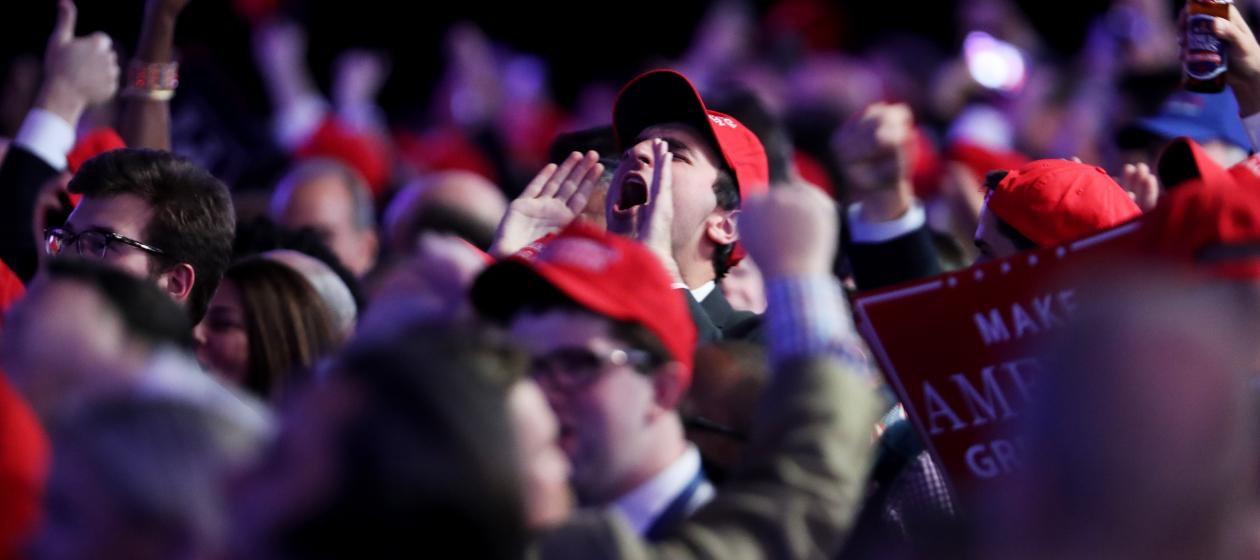
The Week - News
The Week's news section has a Lean Left bias. AllSides provides a separate media bias rating for The Week's Opinion section.
June 2021 Independent Review: The Week Moved to Lean Left
AllSides moved The Week's media bias rating from Center to Lean Left in June 2021 following an independent review by AllSides editors.
Jan. 2020 Independent Review
In January 2020, AllSides decided to split the bias rating for The Week into two following an independent review by members of the AllSides team that found the bias of The Week's opinion section differs significantly from its news section.
AllSides rates the bias of online content only; our ratings do not apply to print, radio, video, or TV content.
In its news articles, The Week frequently offers both the left and right perspective and is relatively balanced.
The bias of The Week's opinion and commentary section leans left overall. Notably, the Week's news portion is much more easily found in its print magazine than online; The Week's homepage features mostly commentary, giving its homepage a Lean Left bent.
AllSides initially rated The Week - News bias as Lean Left, but following an AllSides independent review in July 2019 in which we analyzed changes made by The Week, we changed its bias to Center.
The Week describes itself as a source helping readers to understand "all the issues, from all angles." The Week began with a print magazine 20 years ago, and now includes digital editions. The Week claims it is "designed for readers who want to know what's going on in the world, but don’t have the time to read a daily newspaper from cover to cover - let alone all of them."
As of April 2017, a majority of the 1,700 AllSides users who voted agreed with a bias rating of Center. However, at the same time, over 800 community members disagreed. A follow-up survey of those who disagreed revealed survey participants gave the magazine an average bias rating of 60.8. This rating is on the edge between Center and Lean Left biases, but is not enough evidence to change The Week's rating at this point.
About The Week
The Week is a weekly British news magazine founded in 1995 by Jolyon Connell, formerly of the right-of center Sunday Telegraph. Its main focus is news and commentary pertaining to important world events, as well as science, business and the arts. Designed with the goal of informing readers who want to know what is going on in the world but do not have the time to read a daily newspaper, the magazine is printed in both the United Kingdom and the United States. It also includes digital editions, with weekly apps and a website that publishes distinctive online stories throughout the week.
What's the matter with America? That seems to be the burning question on the tongues of many liberals in the wake of Donald Trump's stunning upset victory over Hillary Clinton. And in a way, that question is a mash-up response to two popular theories on America's political landscape, the first laid out in Thomas Frank's What's the Matter with Kansas?, and the second in The Emerging Democratic Majority by John Judis and Ruy Teixera. These books offer a clear window into how liberals understand not only the broad political landscape, but themselves and their actions within it.
In the latter book, Judis and Teixera claim that America's "shifting demographics were giving rise to a strong new Democratic-voting population base," an "alliance between minorities, working and single women, the college educated, and skilled professionals," as the authors put it in a 2012 article crowing about Barack Obama's re-election victory. They called this majority "McGovern's Revenge," since the 1972 Democratic nominee bet on precisely such a coalition and got walloped.
If 2012 was McGovern's Revenge, then 2016 was Nixon's Revenge. To put it bluntly, it turns out that whites are still a majority in America, and that if you polarize the electorate along racial lines, the majority group will be the winning coalition. It's arithmetic.
But do Americans really vote along racial lines? In some ways, that's what Frank argued in 2005's What's the Matter with Kansas. In his view, Republicans had essentially conned working-class whites into voting against their economic interests by agitating them with racial and social conservative appeals. It seemed unfathomable to Frank and plenty of other liberals that poor and working-class white people in states like Kansas could back Republicans when Democratic economic policies were (supposedly) so much better for these voters.










